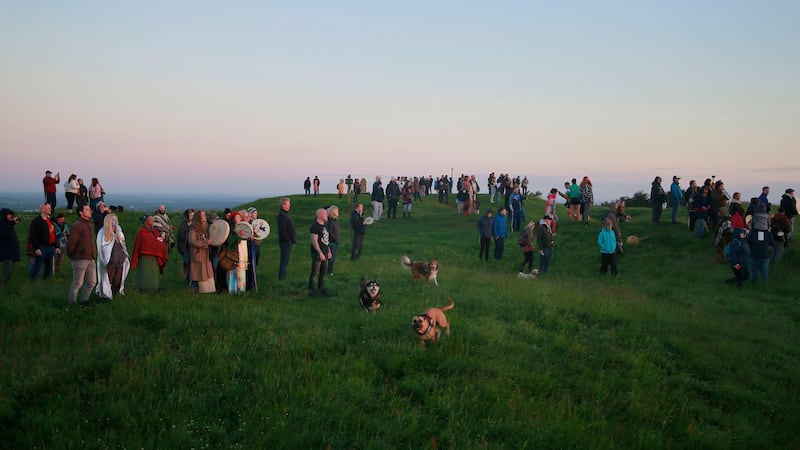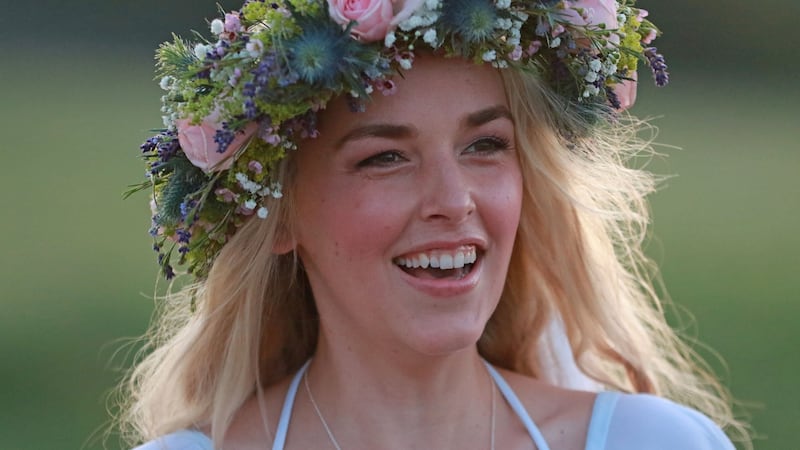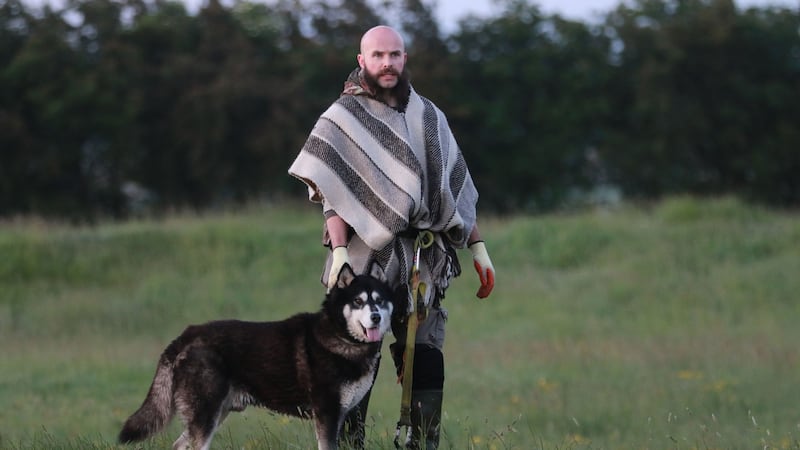It is a bright and sunny Friday morning across most of the country for the 2019 summer solstice.
The solstice is the time when the sun reaches its highest point in the sky in the Northern Hemisphere, the longest day of the year, celebrated in Ireland for at least 5,000 years.
Sunrise on Friday was at 04.56 in Dublin with the sun at 47degrees northeast. Sunset will be at 21:56 when the sun will have travelled to 313 degrees northwest, giving about 17 hours of daylight – if not actual sunshine. Met Éireann said cloud will move in across much of the country before night and by lunchtime on the east coast, while the weekend will feature the best of the weather on Saturday when there will be “sunny spells”. Sunday is described as “more unsettled”.

Spells of a different kind were anticipated during the solstice in ancient, pagan times in Ireland, when the solstice was believed to be a sacred time, symbolising the power of the sun which controlled the seasons and set the all important growing season.
On the Hill of Tara on Thursday night people were gathering for the annual celebration of the solstice in a spot held sacred sacred since the Neolithic era, or late Stone Age which began about 4,000BC. The Hill of Tara was believed by worshippers to be a homeplace of the gods and an entrance to the world of eternal joy.

But according to Fáilte Ireland, Lough Gur in Limerick is also one of Ireland’s most important archaeological and historical sites – a mystical and enchanting place of stone circles, megalithic tombs, ring forts and castles.
The Grange Stone Circle at Lough Gur is the largest and most impressive of its kind in Ireland. Comprising of 113 standing stones, Grange Stone Circle was built around 2200 BC and is aligned with the rising sun of the summer solstice on June 21st. The Lough Gur Summer Solstice Festival celebrates the longest day of the year and has been a local tradition for more than 5000 years.

However while the summer solstice offers the longest hours of daylight of the year, the mornings in the days ahead will mornings will not immediately feature a later sunrise. This is because the dates of earliest sunrise, and latest sunset are are not exactly in June and while the sun will be setting earlier, the later sunrises will follow in a few days.
The BBC reported that 10,000 people got up early to view the solstice at England’s Stonehenge, which dates from the late Neolithic period about 2,500 BC. However the Guardian newspaper reported that many more were able to watch the Stonehenge sunrise form a live camera feed that will remain in place, allowing viewers to view whenever they like, possibly from the comfort of their beds.









